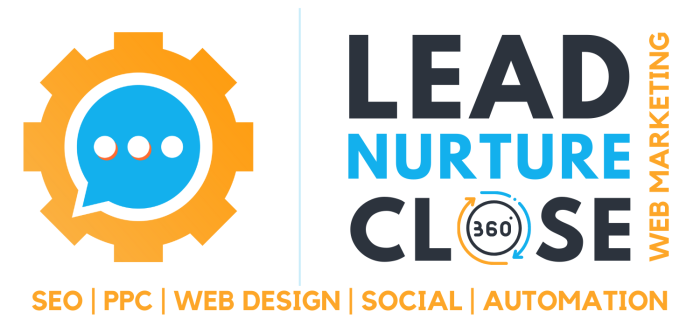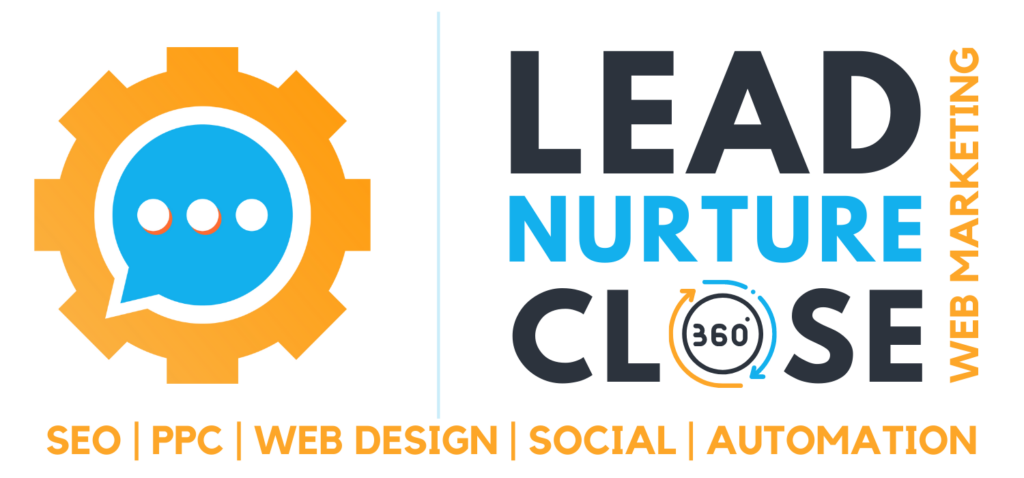Surveys have found that 40% of consumers have purchased a product after seeing it promoted by an influential figure on social media. So, there is no denying the power that social influencers have. But influencer marketing is still uncharted territory for many businesses. And one of the reasons why so many companies have yet to try influencer marketing is they don’t know where to start.
Creating and managing an influencer marketing campaign requires a slightly different approach to other types of advertising. For a start, you are dealing with individuals rather than advertising companies or agencies. Plus, the cost of influencer campaigns can vary considerably and be subject to a lot of negotiating. But the primary objective of achieving the best possible return on investment (ROI) is the same as with any marketing campaign.
So, how do you go about approaching influencers? How do you ensure that you don’t overspend and what you spend is not wasted? Here is a ten-step guide to starting your first influencer marketing campaign.
1. Define the Goals and Budget
The first step towards a successful influencer marketing campaign is defining the goals. And that is no different from any other marketing or advertising campaign. So, you need to decide if you are targeting sales, aiming to increase brand awareness, or want to generate leads.
Then, you need to quantity those targets to create measurable key performance indicators (KPIs) against which you can judge the campaign results. It is also crucial that you define and work within a budget for your influencer marketing campaign.
2. Identify Your Target Audience
Next, you will need to identify your target audience. And you will need to understand your audience, know which social media platforms they use, and determine what types of content will interest them.
Knowing your audience will help you find suitable influencers operating on the right platforms. And it will help you identify the best types of content to use in your influencer marketing campaign.
3. Identify Potential Influencers
Finding the right influencer can be the most challenging aspect of influencer marketing. However, there are several ways that you can search for influencers in your niche.
You can start by looking at your social media followers for potential candidates. And you can look at relevant hashtags, mentions of your brand, or search on Google. There are also online tools available for identifying influencers. Or you could employ the services of an influencer outreach agency.
There are different levels of influencers you might want to consider. There are, of course, well-known celebrity influencers, but they will be expensive. However, plenty of lower-profile influencers may also wish to monetize their social media profiles. These less prominent influencers, known as micro or nano influencers, will have fewer followers. But their followers are usually more engaged, the cost of marketing on their channel will be significantly less.
4. Vet Influencers
Once you have identified an influencer, you will need to vet them to ensure their suitability for your needs. Firstly, consider if the influencer aligns with your brand values. And then look at how many followers they have, what levels of engagement their posts attract and look at the other products they have promoted. Remember, you will be associating your brand with the influencer, so you must pick the appropriate individual for your brand.
You should also be aware that there are fake influencers around. These are people who have bought followers, views, and likes merely to attract advertising opportunities. So, look at a sample of the followers to determine if they are real people or dummy accounts. And consider if the volume of genuine engagement makes sense for the number of followers.
5. Decide on the Campaign Type
There are several ways that you can compensate influencers for their promotional work. And these compensation models will help you determine the type of campaign you want to run.
One option to consider is an affiliate marketing campaign. With this option, the influencer will earn a commission on any sales made when someone clicks on an affiliate link in the content. You can also use affiliate links in conjunction with discount codes.
Alternatively, some influencers will accept products for review. This type of model is often used in “unboxing” videos that you might have seen on YouTube. The influencer may take a sample of the product in place of payment. Or the product giveaway may be used along with an affiliate link.
Another option is sponsored content. With this model, you pay the influencer to product content on your behalf. Or, if the influencer has a blog, they may accept sponsored guest posts.
6. Build a Relationship with Influencers
Influencers are unlike other advertising platforms. The more established influencers might have rate cards and be adept at monetizing their channel. However, they are real people with loyal social media followers, and they care about what they promote to those followers. And staying on-brand is as important to an influencer as it is to any other brand.
So, it is best to build a relationship with influencers before you reach out with a marketing proposal. Follow their channels, for example, and comment on their content. You could share some of their posts with your followers and mention the influencer in some of your posts. Let an influencer get to know your brand first, and they will probably be more receptive when you approach them about sponsored content.
7. Make Your Pitch
Then, once you have identified an influencer, you can then approach them with your marketing plans. But remember that you are selling to them as well as asking for some advertising. So, make your pitch for a mutually beneficial collaboration rather than merely requesting some advertising space or time. And stress how your product aligns with the influencer’s values and content.
Pitches should be clear and straightforward. Explain what the influencer gets out of the arrangement. And be clear about what you expect, too. And it helps to have some sense of urgency in your proposal, so include a deadline for responses or a proposed schedule. But, above all else, make it personal and be genuine. And a little bit of ego-stroking won’t go amiss, too.
8. Start the Campaign
Once you have found and vetted a suitable influencer, you can start your influencer marketing campaign. So, first, you will need to work with the influencer on the format and timing of the content. And it is advisable then to stay in touch with the influencer to check on progress and see if any further input is needed.
In most cases, the artistic side of content creation will be the influencer’s responsibility. This approach is somewhat different from other types of advertising because you must step back from the creative process. You still have some say in the content. However, it would be best to avoid trying to micromanage an influencer.
9. Amplify the Content
Once the content has been produced, you can amplify it by sharing it on your social media feeds and website. You might also want to combine an influencer marketing campaign with traditional advertising and an email campaign.
Reposting the content will generate more engagement. And, if the influencer is well known, reposting the content will also boost the credibility of your brand.
10. Monitor the Results
Finally, you will need to track the results against the targets you set. Your outcomes might be measured in terms of sales through an affiliate link, take-up of a discount code, leads, or increased traffic to your website.
The results will indicate how successful the campaign was. And that will help you decide if you chose the right influencer and allow you to modify your strategy if needed for future campaigns.
Conclusion
Running an influencer campaign does require a slightly different approach to traditional advertising. However, the fundamental principles of defining the target market, choosing the right platform, and measuring ROI are the same. And the rewards can be significant if you choose the right influencer.

















